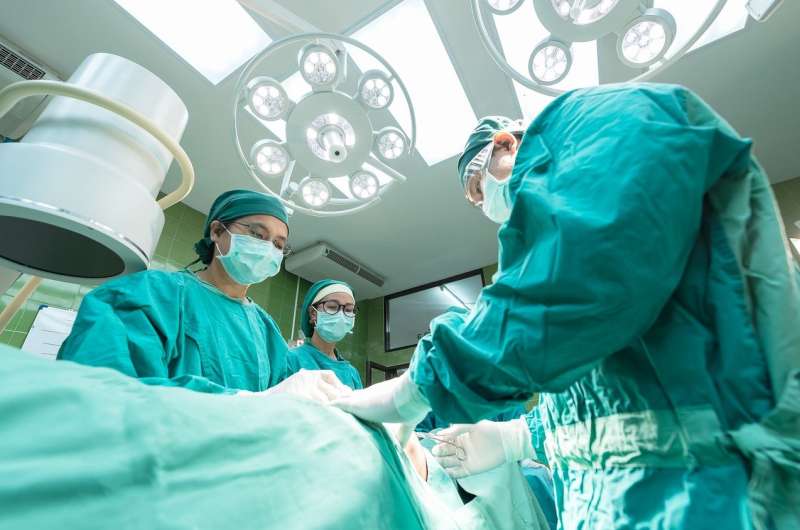Going under the knife? EEG biomarker could help anaesthetists get it right

Patients having surgery could be better controlled with less chance of 'waking up', after scientists found a potential EEG biomarker for two standard anaesthetics.
Every day, thousands of hospital patients have surgery under general anaesthetics, but knowledge of what these medicines do to the brain's electrics is vague.
Scientists at Brunel University London used electroencephalography (EEG) to monitor patient's brain activity during surgery under two standard anaesthetics – Propofol (also called Diprivan) and Desflurane.
"The patterns might give us an EEG biomarker for specific anaesthetic," said Brunel's Dr. Maysam Abbod. "This suggests both of the anaesthetics exhibit similar spectral dynamics, which could give insight into some common neural circuit mechanisms."
Researchers measured the electrical brain activity in 51 patients under routine surgery levels of both anaesthetics at National Taiwan University Hospital. It's the first time scientists have compared the 'EEG signature' of the two drugs.
Spectrograms, which picture the strength of brain signals, show similarities between Desflurane and Propofol. Both have large power in the alpha band (10 to 12 Hz). But Propofol had 'significantly' higher power across alpha to gamma bands than Desflurane.
Propofol, which is routinely used in surgery and more costly than Desflurane, induces a deeper anaesthetic state, the study says. So the EEG signature for Propofol in recovery is similar to what it would be when the patient is unconscious, but for Desflurane it is closer to the patient being awake.
"These characteristics provide a new window into the differences between both awake state and unrousable states of unresponsiveness," said Dr. Abbod.
"It shows EEG signatures could be monitored in real time by anaesthesiologists to provide clinical operation guidance in future. This might provide a shared mechanism for sedative drugs at clinically relevant doses."
Electroencephalogram Similarity Analysis Using Temporal and Spectral Dynamics Analysis for Propofol and Desflurane Induced Unconsciousness is published online by Symmetry.
More information: Quan Liu et al. Electroencephalogram Similarity Analysis Using Temporal and Spectral Dynamics Analysis for Propofol and Desflurane Induced Unconsciousness, Symmetry (2018). DOI: 10.3390/sym10010015




















